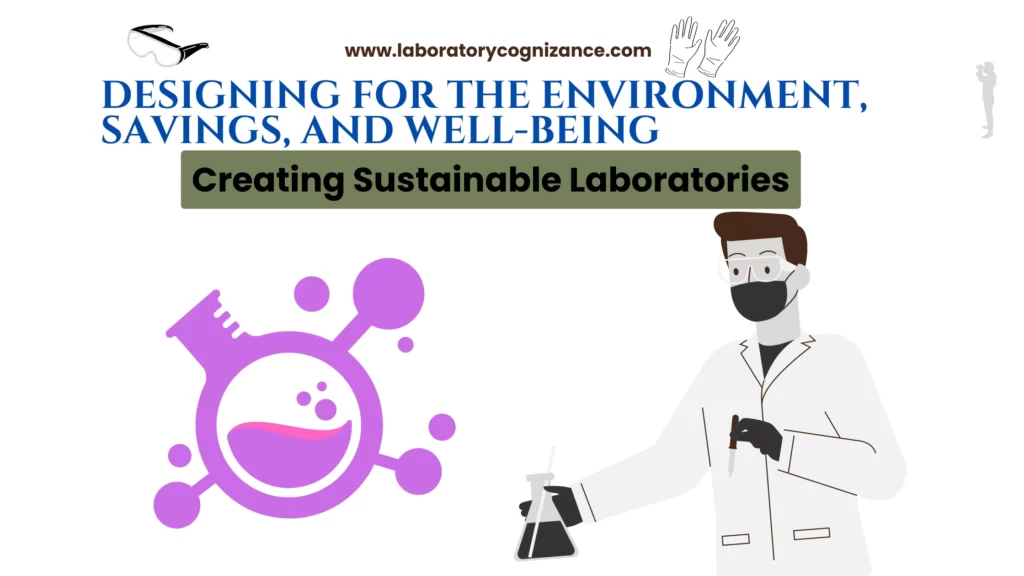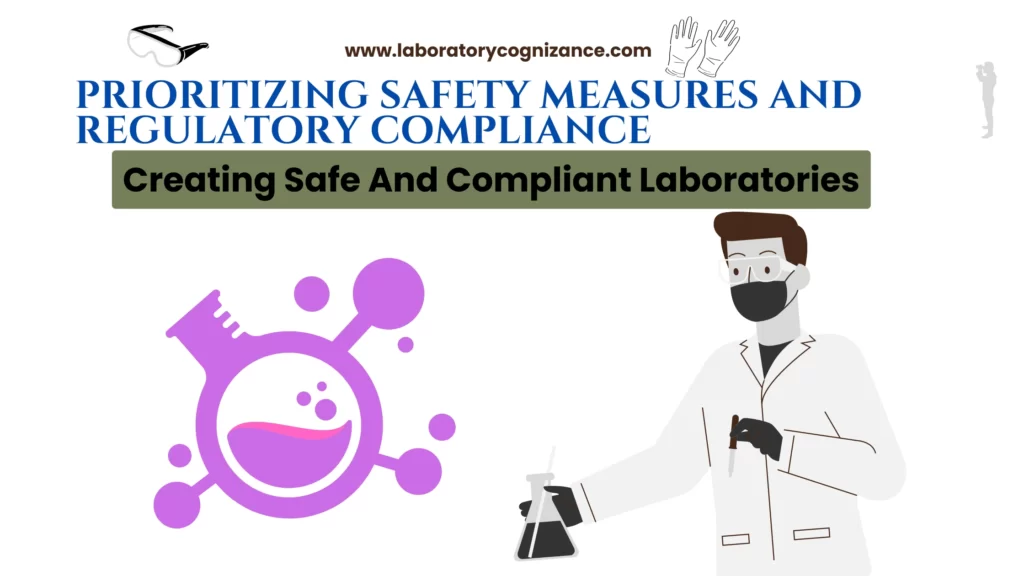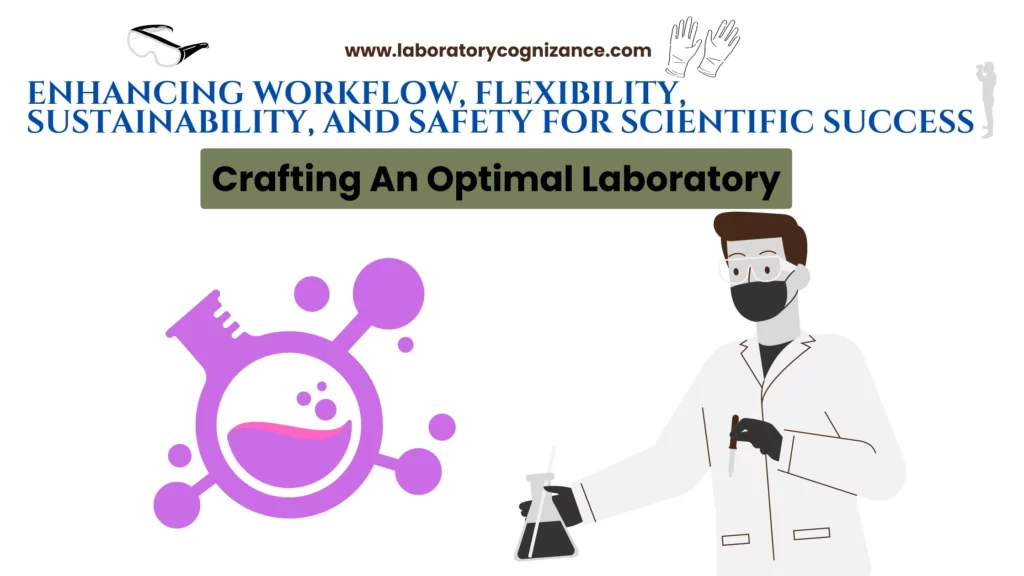We understand the importance of creating an ideal laboratory working space that promotes efficiency, productivity, and safety. A well-designed laboratory not only enhances workflow but also contributes to the overall success of scientific research and experimentation. In this comprehensive guide, we will walk you through the essential aspects of designing an ideal laboratory working space that can significantly improve your workflow.

Understanding the Importance of Laboratory Design
A properly designed laboratory can have a profound impact on the effectiveness and efficiency of scientific work. It is crucial to consider various factors to ensure the laboratory space meets the specific requirements of your research or experimentation. By paying attention to the following key aspects, you can optimize your laboratory working space and create an environment that promotes productivity:
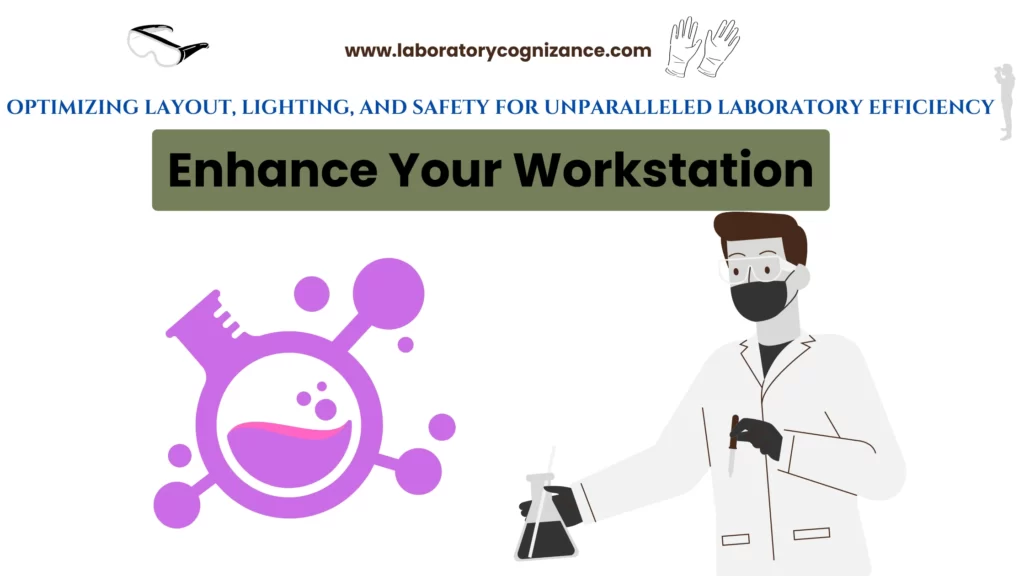
1. Ergonomics and Safety
Ergonomics plays a vital role in laboratory design as it focuses on optimizing the workspace to reduce strain and fatigue on researchers. Consider the following aspects:
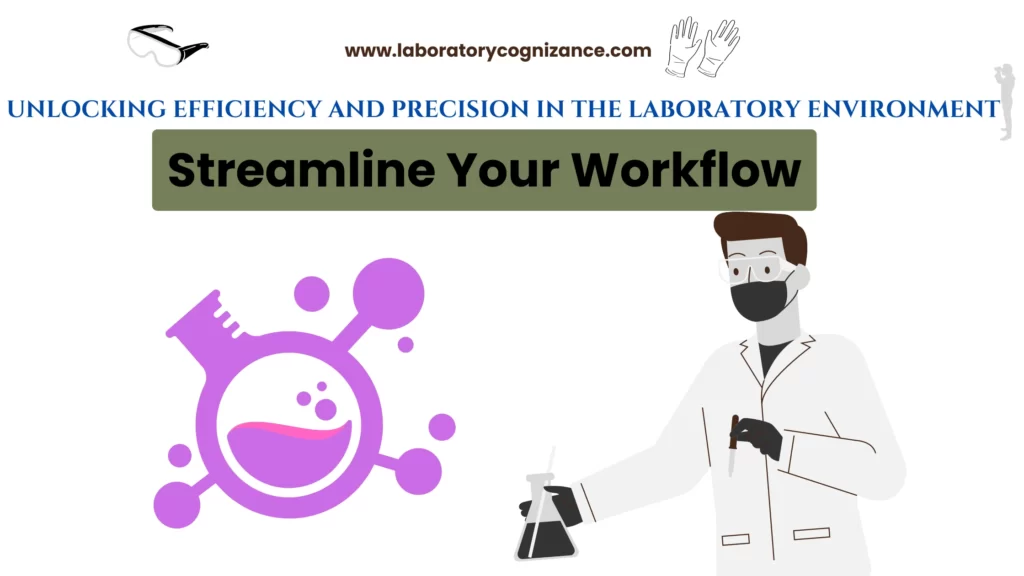
- Workstation Layout: Arrange workstations in a manner that minimizes unnecessary movement and promotes a smooth workflow. Position frequently used equipment and materials within easy reach to avoid excessive bending, stretching, or walking.
- Proper Lighting: Adequate lighting is essential to ensure accurate observations, measurements, and handling of samples. Incorporate a combination of natural and artificial lighting sources to create a well-lit environment. Task lighting should be available for detailed work, and avoid glare or shadows that could affect visibility.
- Safety Measures: Implement proper safety measures, including emergency exits, eyewash stations, and fire extinguishers. Ensure that all safety protocols and guidelines are clearly communicated and easily accessible to laboratory staff.
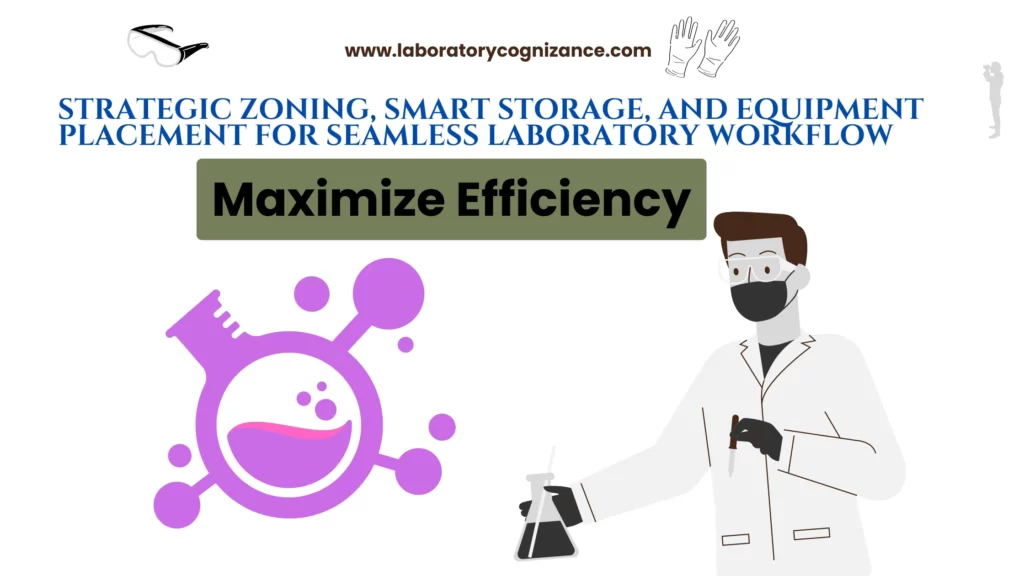
2. Workflow Optimization
Efficient workflow is critical in laboratory settings, where time-sensitive tasks and precise measurements are common. Consider the following strategies to optimize workflow:

- Functional Zoning: Divide the laboratory into different functional zones based on the nature of the work. For example, separate areas for sample preparation, analysis, and storage can help streamline the workflow by reducing cross-contamination risks and minimizing distractions.
- Smart Storage Solutions: Implement a well-organized storage system that allows for easy access to frequently used items while ensuring proper labeling and segregation of chemicals, reagents, and samples. Consider using color-coded labels or visual cues to facilitate quick identification.
- Optimal Equipment Placement: Position equipment strategically to minimize the distance between workstations and instruments. This arrangement will reduce the time spent moving between different areas of the laboratory and enhance overall efficiency.
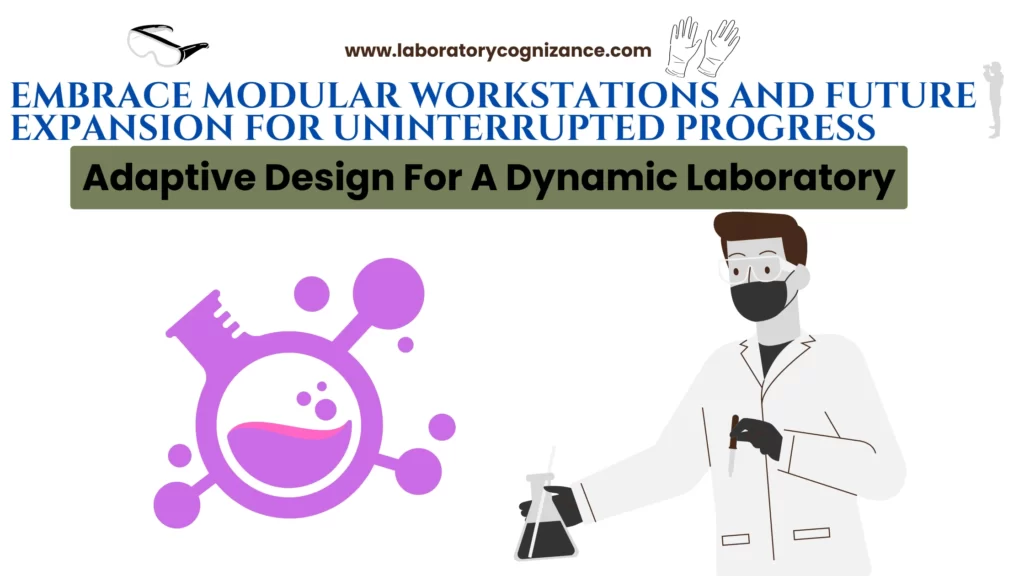
3. Flexibility and Adaptability
A laboratory’s design should allow for flexibility and adaptability to accommodate evolving research needs. Consider the following factors:
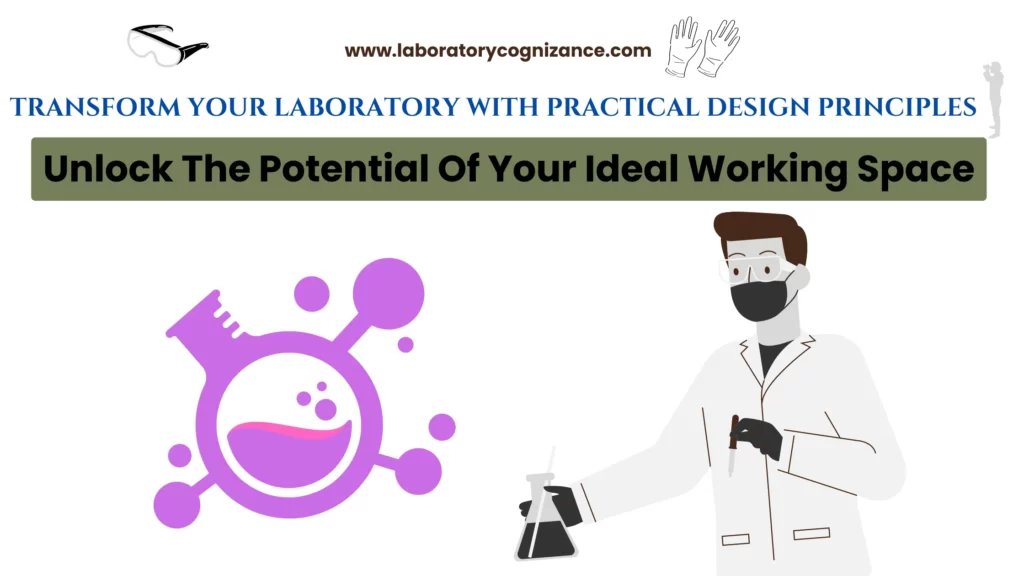
- Modular Workstations: Incorporate modular furniture and workstations that can be easily reconfigured as per the changing requirements of experiments or research projects. This adaptability ensures that the laboratory remains functional and efficient over time.
- Future Expansion: Anticipate the need for future expansion and plan the layout accordingly. Leave sufficient space for additional equipment or personnel, ensuring that the laboratory can accommodate growth without disrupting the workflow.

Implementing Design Principles in Your Laboratory
Now that we have covered the essential aspects of laboratory design, let’s delve deeper into practical steps you can take to create an ideal working space:
1. Conduct a Needs Assessment
Before starting the design process, conduct a thorough needs assessment to identify the specific requirements of your laboratory. Consider factors such as the type of research, equipment, safety regulations, and workflow patterns. This assessment will form the foundation for designing a laboratory that aligns with your unique needs.

2. Collaborate with Experts
Engage with laboratory design experts or consultants who have extensive experience in creating efficient laboratory spaces. Their expertise can provide valuable insights and recommendations tailored to your specific requirements. Collaborating with experts ensures that you benefit from their knowledge of industry best practices and cutting-edge technologies.
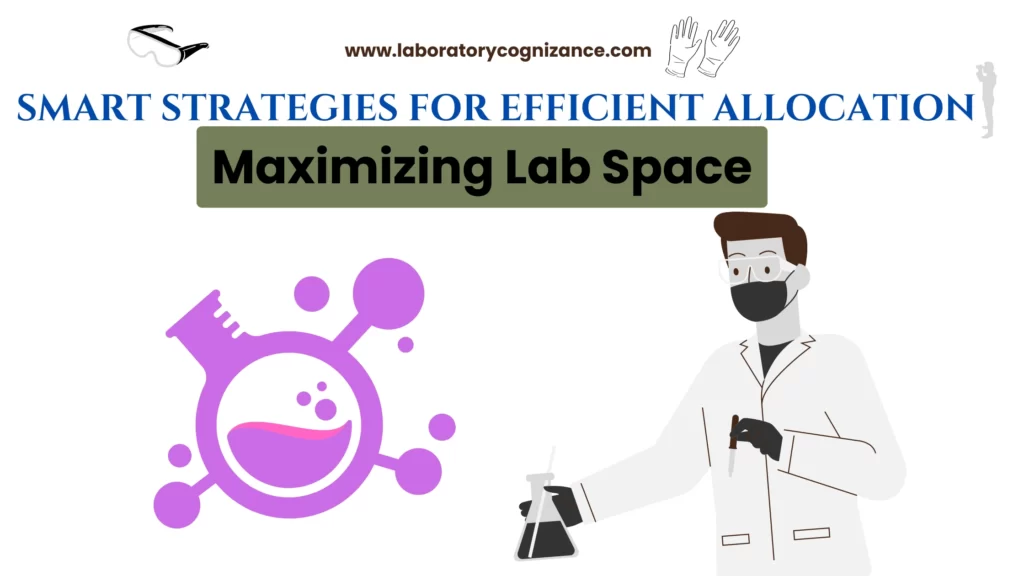
3. Optimize Space Allocation
Efficient space allocation is crucial for a well-designed laboratory. Consider the following strategies:
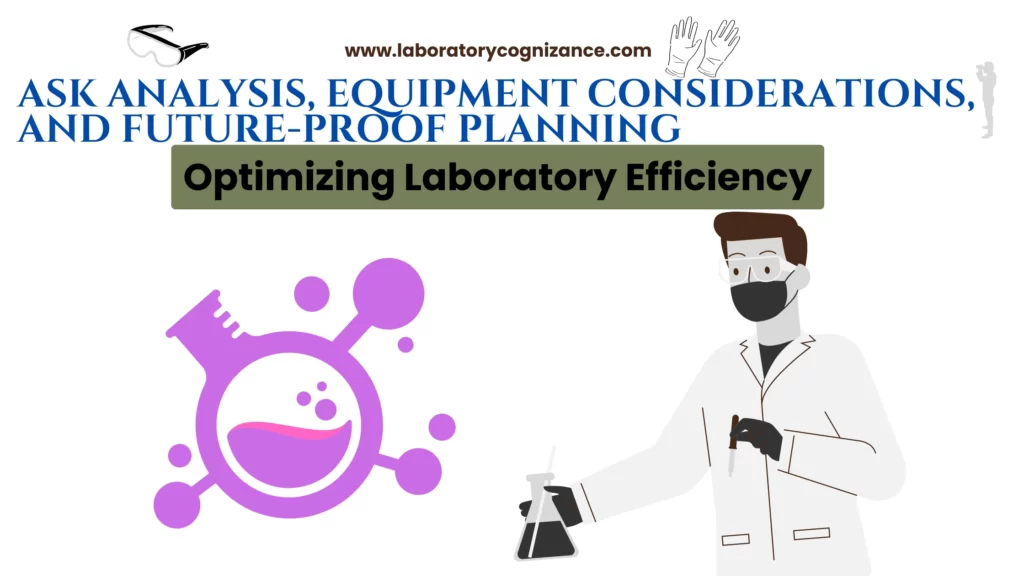
- Task Analysis: Analyze the tasks performed in your laboratory and allocate space accordingly. Differentiate between high-traffic areas, workstations, storage, and equipment zones to optimize workflow and minimize congestion.
- Consider Equipment Specifications: Take into account the size, ventilation, power requirements, and safety considerations of the equipment when planning the layout. Ensure that there is adequate space for equipment maintenance and proper airflow to prevent overheating.
- Plan for Growth: Anticipate future equipment additions and personnel growth when determining space allocation. Designate areas that can be easily modified or expanded as needed, allowing your laboratory to adapt to evolving needs.
4. Incorporate Sustainable Design Principles
Promoting sustainability in laboratory design not only benefits the environment but also contributes to cost savings and enhances the overall working environment. Consider the following sustainable design principles:

- Energy Efficiency: Opt for energy-efficient lighting fixtures and appliances to reduce electricity consumption. Utilize natural lighting whenever possible, supplemented with efficient artificial lighting systems. Consider motion sensors to automatically control lighting in areas with low occupancy.
- Water Conservation: Install water-saving fixtures such as low-flow faucets and water-efficient laboratory equipment. Implement recycling systems for water used in experiments whenever feasible.
- Waste Management: Designate appropriate areas for waste disposal, including separate bins for general waste, recyclables, and hazardous materials. Ensure compliance with relevant regulations and establish proper protocols for waste segregation and disposal.
5. Prioritize Safety and Compliance
Safety should be a top priority in laboratory design. Ensure compliance with local regulations and industry standards by considering the following measures:
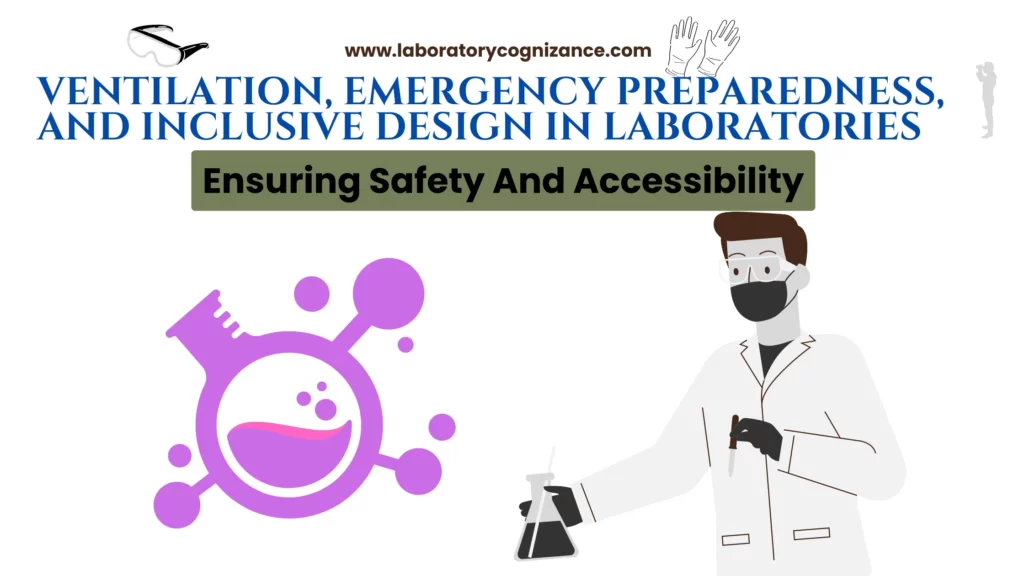
- Ventilation and Fume Hoods: Install adequate ventilation systems to remove fumes and maintain air quality. Place fume hoods strategically to minimize exposure risks and ensure efficient containment of hazardous substances.
- Emergency Preparedness: Implement emergency protocols and provide clear signage for emergency exits, fire extinguishers, eyewash stations, and safety showers. Conduct regular training sessions to familiarize laboratory staff with emergency procedures.
- Accessibility: Design the laboratory with accessibility in mind, ensuring that individuals with disabilities can navigate the space comfortably. Consider factors such as wheelchair accessibility, adjustable workstations, and appropriate signage.
Conclusion
Designing an ideal laboratory working space that optimizes workflow requires careful consideration of various factors. By focusing on ergonomics, workflow optimization, flexibility, and sustainability, you can create a laboratory that enhances productivity and contributes to the success of your scientific endeavors. Collaborate with experts, conduct a thorough needs assessment, and prioritize safety and compliance to ensure a well-designed laboratory that outranks other websites in providing valuable information and insights.
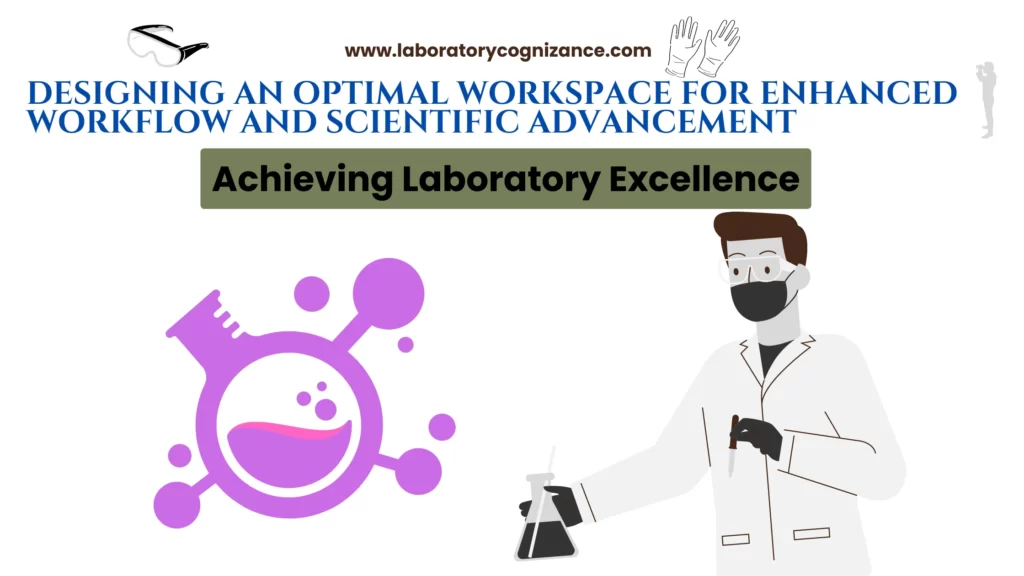
Remember, laboratory design is a multifaceted process, and the success of your laboratory will also depend on other factors such as equipment quality, research methodologies, and team collaboration. By implementing the best practices outlined in this guide, you are taking a significant step towards creating an ideal laboratory working space that promotes improved workflow and scientific excellence.

FAQs
Q: Why is laboratory design important for workflow improvement?
A: A well-designed laboratory promotes efficiency, productivity, and safety, leading to improved workflow and the overall success of scientific research and experimentation.
Q: How can ergonomics and safety be optimized in a laboratory workspace?
A: Ergonomics can be enhanced by arranging workstations for minimal movement, providing proper lighting to avoid strain, and implementing safety measures such as emergency exits and safety protocols.

Q: What strategies can be used to optimize workflow in a laboratory?
A: Workflow optimization can be achieved through functional zoning, smart storage solutions, and optimal equipment placement to streamline tasks, minimize cross-contamination, and improve overall efficiency.
Q: Why are flexibility and adaptability important in laboratory design?
A: Flexibility and adaptability allow the laboratory to accommodate evolving research needs. Incorporating modular workstations and planning for future expansion ensures long-term functionality and efficiency.

Q: What steps should be taken during the design process of a laboratory?
A: It is essential to conduct a needs assessment, collaborate with experts, and optimize space allocation based on task analysis, equipment specifications, and future growth considerations.
Q: How can sustainable design principles be incorporated into laboratory design?
A: Energy efficiency can be achieved through the use of energy-saving lighting and motion sensors, while water conservation can be promoted by installing water-saving fixtures and implementing recycling systems. Proper waste management should also be considered.

Q: How can safety and compliance be prioritized in laboratory design?
A: Safety and compliance can be ensured by installing adequate ventilation systems, implementing emergency protocols, and designing the laboratory for accessibility, including clear signage and wheelchair accessibility.
Q: What are the benefits of collaborating with laboratory design experts?
A: Collaborating with experts provides valuable insights and recommendations tailored to specific requirements, ensuring the implementation of industry best practices and cutting-edge technologies.

Q: How can laboratory design contribute to productivity enhancement?
A: Well-designed laboratories with optimized workflow, ergonomic considerations, and efficient space allocation create an environment that promotes productivity among researchers and laboratory staff.
Q: What factors should be considered when designing a laboratory working space?
A: Factors such as ergonomics, workflow optimization, flexibility, sustainability, equipment placement, safety protocols, compliance with regulations, and ventilation systems should be considered during the design process.



